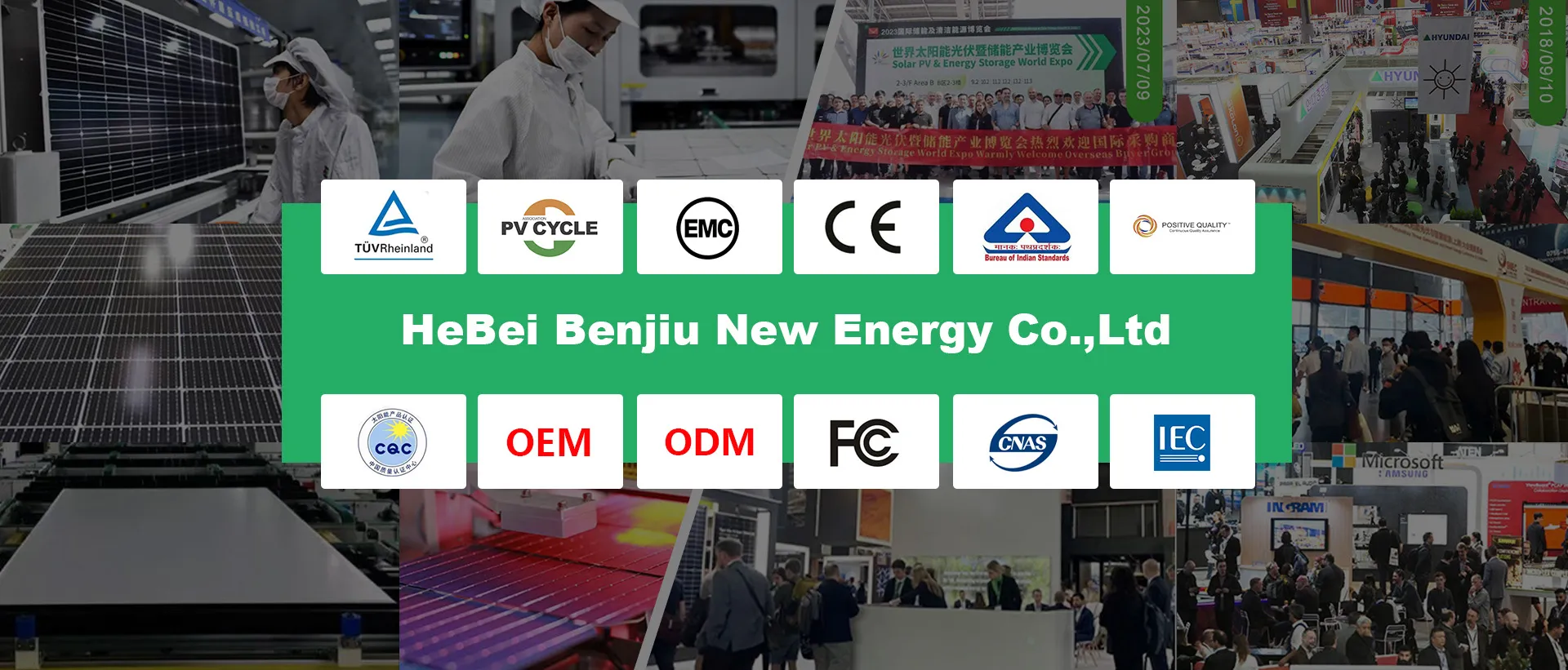Optimizing Solar Panel Tilt for Maximum Energy Efficiency and Performance
The Role of Tilt Angle in Solar Panel Efficiency
As we embrace the transition to renewable energy, the efficiency of solar panels has become a paramount concern for both homeowners and energy producers. Among the various factors influencing solar panel performance, the tilt angle of the panels plays a crucial role. Understanding how the tilt affects solar efficiency can help maximize energy production and advance the adoption of solar technology.
Importance of Tilt Angle
The tilt angle of solar panels refers to the angle at which the panels are installed relative to the ground. This angle has a direct impact on the amount of sunlight the panels can capture throughout the day and across different seasons. Optimal tilt angles allow panels to receive direct sunlight for the longest period, minimizing the effects of shading and maximizing energy output. When panels are installed flat or at the incorrect angle, they cannot harness solar energy as effectively, leading to diminished performance.
Seasonal Variations
One of the primary reasons the tilt angle is essential is because the sun's position changes with the seasons. During winter months, the sun takes a lower path in the sky, suggesting that solar panels should be tilted more steeply to capture sunlight efficiently. Conversely, in summer, the sun is higher in the sky, and a shallower angle allows for better sun exposure. By adjusting the tilt angle seasonally, solar energy systems can significantly improve their energy collection and overall efficiency.
For fixed installation systems, the optimal tilt angle can be calculated based on the latitude of the installation site. A common rule of thumb is to set the tilt angle equal to the latitude of the location in question for year-round efficiency. Alternatively, panels can be tilted at an angle that is the latitude of the location plus 15 degrees during the winter months and the latitude minus 15 degrees for summer.
Adjustable or Fixed Systems
solar panel tilt efficiency

Finding the optimal tilt angle can be more straightforward if an adjustable solar panel system is in use. These systems allow for frequent adjustments of the panel tilt to adapt to changing solar angles, thereby maximizing exposure to sunlight throughout the year. While adjustable systems tend to have higher installation costs, they can result in increased energy output, making the investment worthwhile for some users.
On the other hand, fixed systems are less flexible but are much easier to install and require less maintenance. Homeowners and businesses often opt for fixed tilt systems due to their simplicity. For fixed installations, it is crucial to select the best angle based on local climate and seasonal variations from the outset to ensure adequate efficiency throughout the year.
Impact on Efficiency
Research has shown that the angle of solar panels can influence their efficiency by as much as 10-25%. This variation can have significant economic implications, particularly for large-scale solar farms where maximizing energy output is critical. Due to the initial and ongoing costs of installation and maintenance, even modest improvements in efficiency can result in substantial savings over time.
Moreover, the efficiency of solar panels can also be affected by other factors, such as shading, orientation (south-facing is generally ideal in the Northern Hemisphere), and atmospheric conditions. Therefore, while tilt angle is essential, it should be considered alongside these other factors for optimal performance.
Conclusion
In conclusion, the tilt angle of solar panels plays a vital role in their efficiency. By optimizing the tilt based on seasonal changes and geographical location, users can significantly enhance the performance of their solar energy systems. Whether through fixed or adjustable systems, understanding and implementing the correct tilt angle can lead to increased energy production, reduced costs, and a more sustainable future. As the world continues to seek effective solutions to combat climate change, maximizing the potential of solar energy is an essential step forward. Therefore, ensuring the correct tilt angle in solar panel installations is not just a technical detail; it is a critical component of harnessing the Sun’s energy efficiently.
-
String Solar Inverter: The High-Efficiency Solution for Smart Solar EnergyNewsJul.14,2025
-
Revolutionizing Rooftop Energy with the Power of the Micro Solar InverterNewsJul.14,2025
-
Power Independence with Smart Off Grid Solar Inverter SolutionsNewsJul.14,2025
-
On Grid Solar Inverter: Powering the Future with Smart Grid IntegrationNewsJul.14,2025
-
Monocrystalline Solar Panels: High-Efficiency Power for the Future of Clean EnergyNewsJul.14,2025
-
Bifacial Solar Panel: A Smarter Investment for Next-Generation Energy SystemsNewsJul.14,2025







